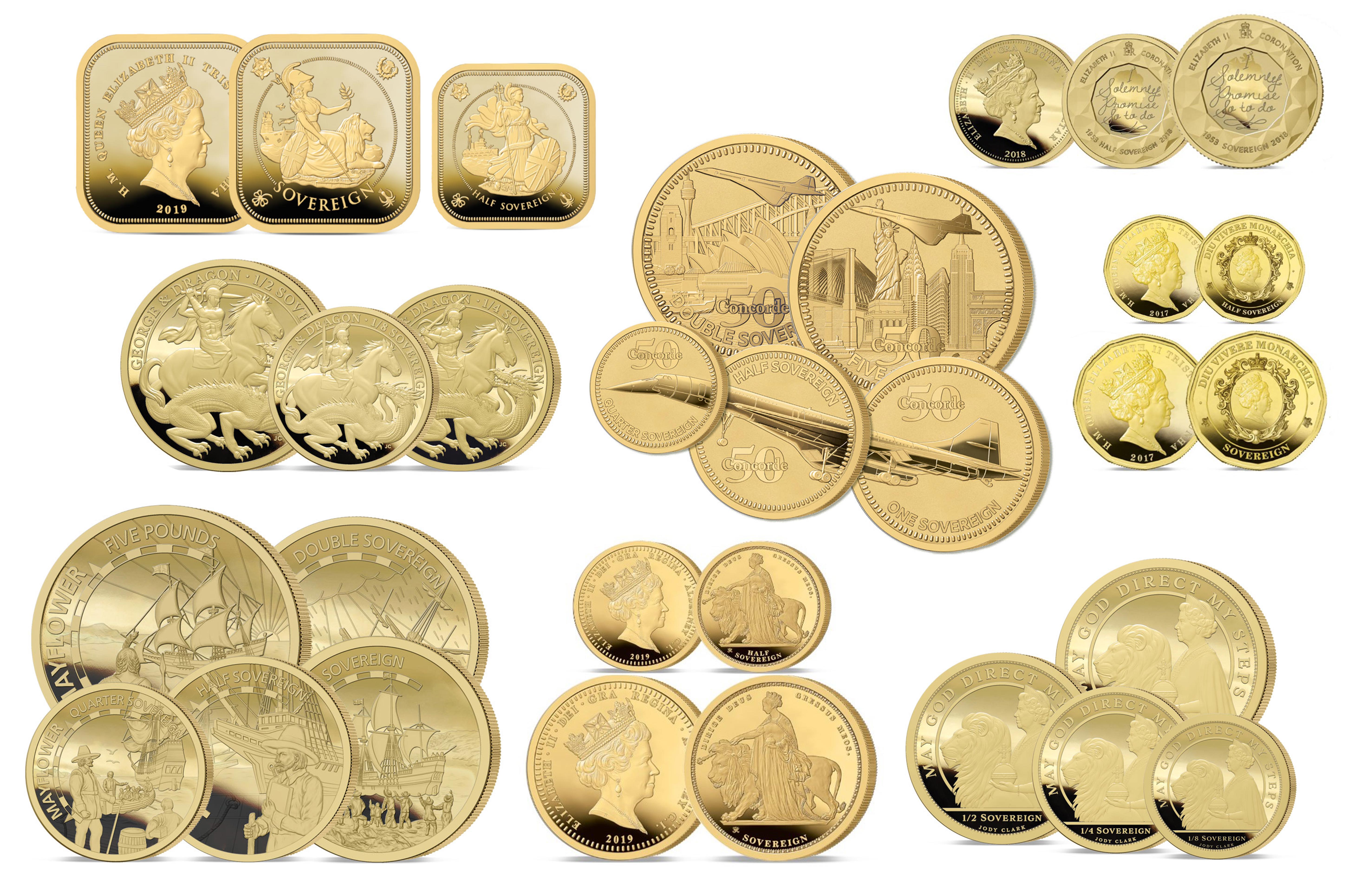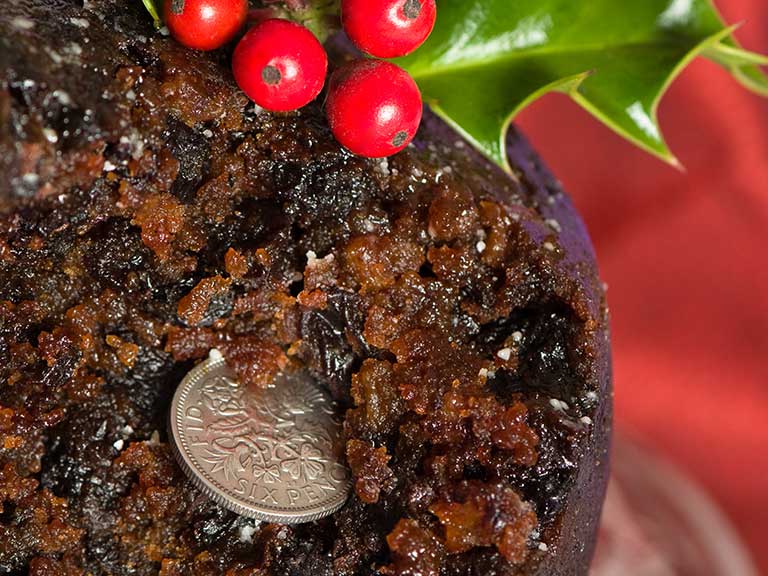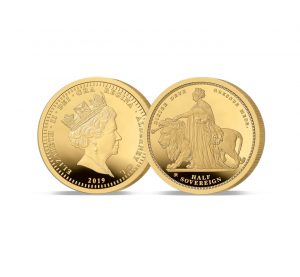Over the years, St George has continued to inspire people in many ways, striking a chord particularly with his namesake, King George IV. When George IV wanted to introduce a new coin, he decided on St George as the reverse subject.
The new gold sovereign was then created in 1817, designed by Italian engraver Benedetto Pistrucci. He took a different approach with his design, steering away from those that traditionally featured on coins. Pistrucci created a sense of movement, giving the saint the confidence and control while slaying the wounded dragon.
This coin design has become a classic, and is known across the world as a masterpiece of coin artistry; synonymous with the gold sovereign. In 1821, the classic design was altered and the Italian engraver produced his definitive St George and the dragon design, alongside a new portrait of King George IV.
And although St George and the dragon has graced gold sovereigns for 200 years, not since Pistrucci has the same designer created the artwork for both the monarch’s portrait and St George – until now! A new gold sovereign range has been minted, celebrating the 200th anniversary of the definitive design.
The 2021 George and the Dragon 200th Anniversary Gold Sovereign range features an exciting interpretation by talented artist Jody Clark, creator of the current coinage portrait of Her Majesty Queen Elizabeth II. This also means that for the first time in 200 years, both the monarch’s portrait and the design of St George are the work of the same designer!
You can view the entire George and the Dragon range here.







